
I can’t say I have ever been too misty eyed over the return of Wimbledon to the Football League. In fact for most of my footballing life The Dons have never been anything other than a very good amateur and semi-professional non-League side…..but a team who did dramatically reach the ‘First’ Division in 1986 after a mere nine seasons in the League.
The club goes back a long way, having been formed in 1889 taking its name from the Old Central School on Wimbledon Common where players had been pupils. The club continued to play on the Common until 1912 when the lease to Plough Lane was purchased. The disused swampland was subsequently fenced in and the playing surface was improved…..!
As the Club prospered during the 1920s crowds of between five and eight thousand regularly filled the ground and by the outbreak of the Second World War the capacity stood at 30,000.
Wimbledon were champions of the Isthmian League on eight occasions and won the FA Amateur Cup in 1963 beating Sutton United 4-2 at Wembley, with Eddie Reynolds scoring all four of his side’s goals with headers…..
In 1964 the club turned professional and entered the Southern League. After winning the League three years running from 1974-5 to 1976-7 they were elected to the Football League in place of Workington Town.
The first League season was simply average….the next resulted in promotion…then down……then up….then Chairman Ron Noades walked out on the club to take over at Crystal Palace, taking manager Dario Gradi to Selhurst Park with him.
Dave Basset was promoted to manager…..and the Club were relegated back to Division 4 in 1982. But then someone opened the door at the back of the stand and a few rays of Lebanese sunshine cut through the smoke-filled boardroom and warmed the Directors' pockets. The heat intensified and the meteoric rise to Division One was achieved by 1986…..
Samir ‘Sam’ Hammam was born in Beirut and he made his fortune as a building contractor in the Middle East. Sam emigrated to the UK in 1975 moving to the Wimbledon area because he liked tennis. Hammam bought a majority share in his local football team in the early eighties probably thinking that the ‘Centre Court’ was included in the deal…….
Sam purchased £40,000 worth of shares in Wimbledon over a two year period and became Chairman during the roller-coaster ride to the top of English football.
In the 1988 FA Cup Final Liverpool were run over at Wembley by the Bobby Gould managed ‘Crazy Gang’ which made Wimbledon only the second club to have won both the FA Cup and its amateur equivalent………(Old Carthusians won the FA Cup in 1881 and the Amateur Cup in 1894 and 1897).
 Following the publication of the Taylor Report in 1990 the Wimbledon Board decided that Plough Lane could not be redeveloped to meet the new all-seater standards and a ‘temporary’ ground share with Crystal Palace was announced.
Following the publication of the Taylor Report in 1990 the Wimbledon Board decided that Plough Lane could not be redeveloped to meet the new all-seater standards and a ‘temporary’ ground share with Crystal Palace was announced.And no doubt the Crazy Gang live on in the memories of many…… the after dinner circuit kept amused by stories of the bizarre ‘rewards’ and initiation ceremonies for new Wimbledon players – even our own manager Dean Holdsworth was promised a camel should he score 20 goals in a season!
But after a while Sam got bored and when his proposal to relocate the club to Dublin or perhaps Cardiff and why not Milton Keynes was turned down by the footballing authorities he simply sold his stake in the ‘homeless’ club for a reported £30m ….
A decision that ultimately led to the franchising of Wimbledon and the move to Milton Keynes.
Wimbledon’s final first team match at Plough Lane was played on 4 May 1991, ironically against new ‘landlords Crystal Palace…….

Sam Hammam sold the ground to Safeway but local resident’s opposition and local authority objections to their plans consequently resulted in the demolition of the stadium and the sale to David Wilson Homes……..
Following lobbying by Wimbledon supporters the site was named ‘Reynolds Gate’ after Eddie Reynolds and his famous headers with the blocks of flats named Bassett House, Batsford House, Cork House, Lawrie House, Reed House and Stannard House……..







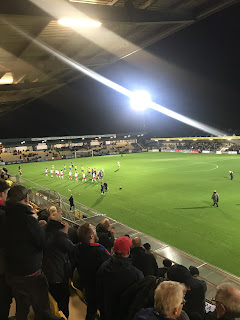



















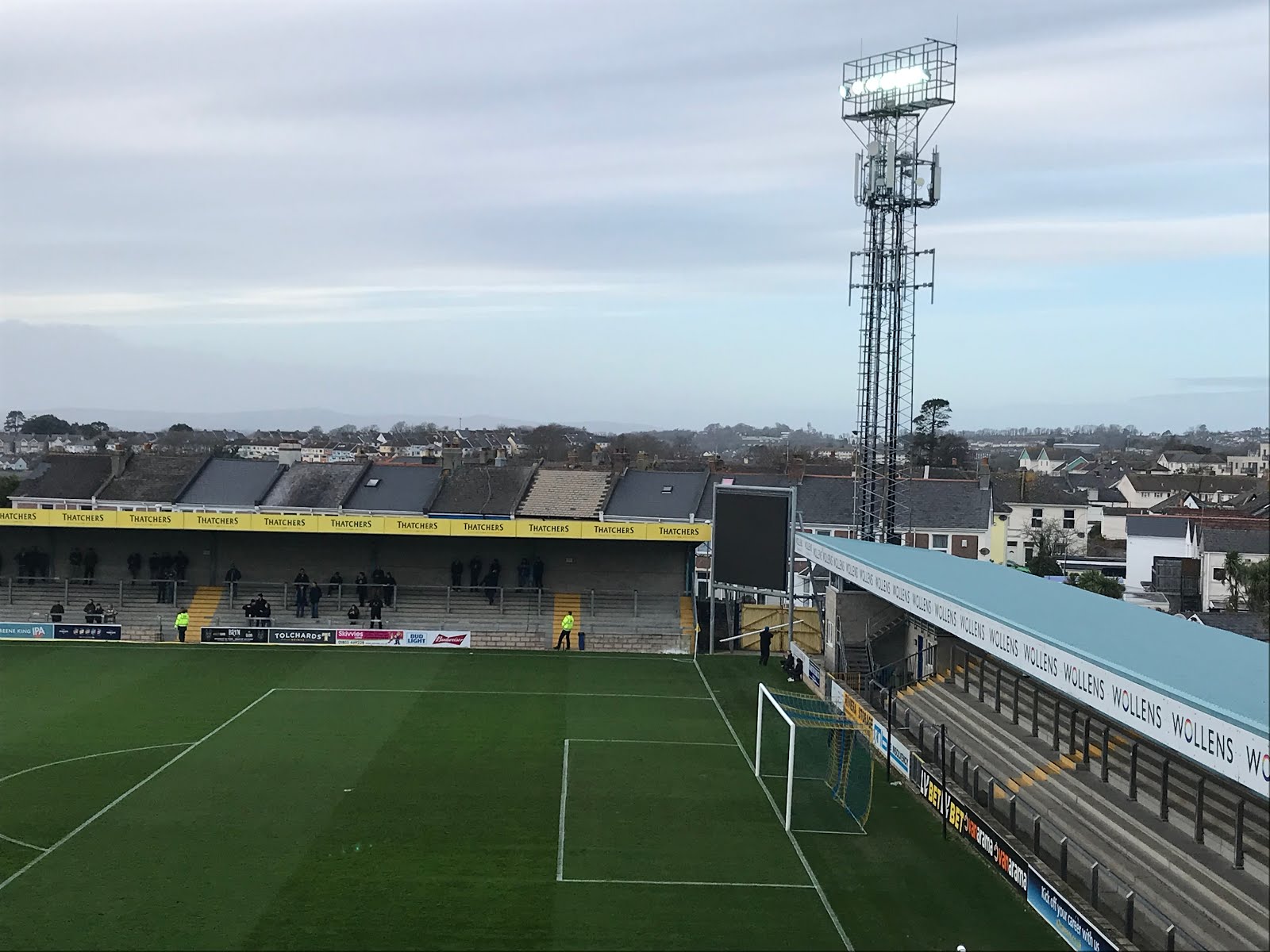






































































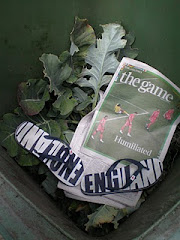







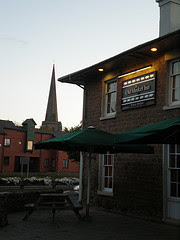










































































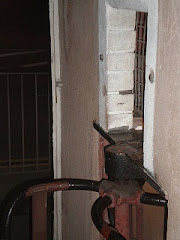


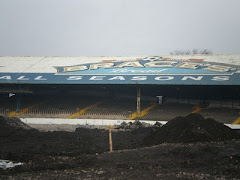
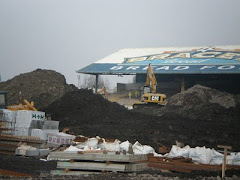





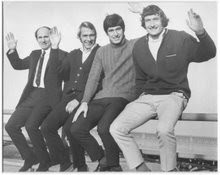

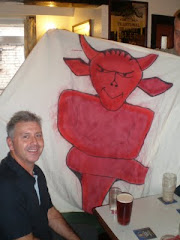

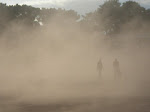

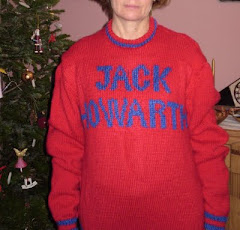















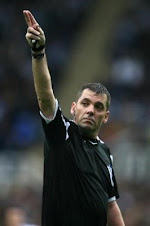




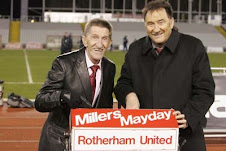







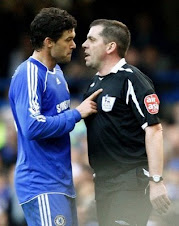









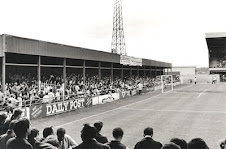





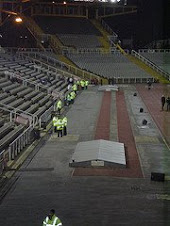





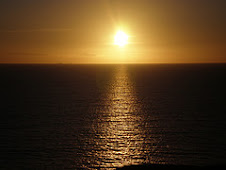




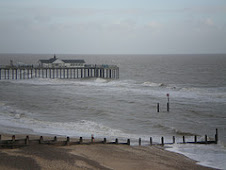









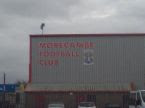










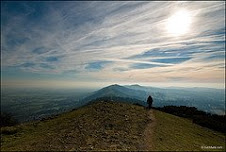












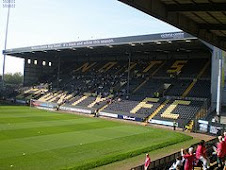














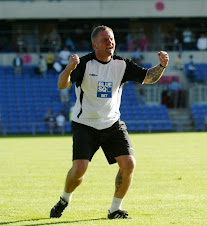























































































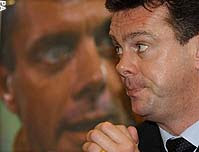






























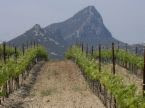












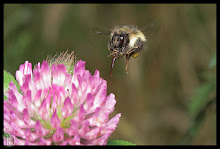



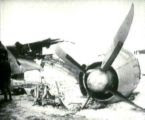










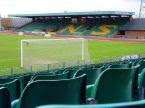
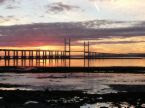


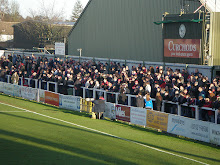




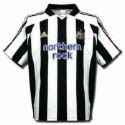

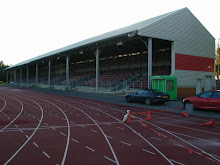







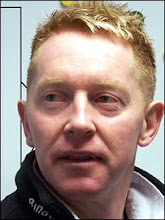





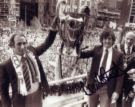
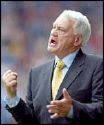












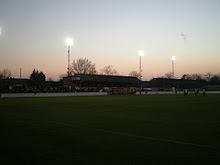



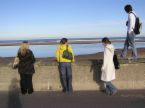
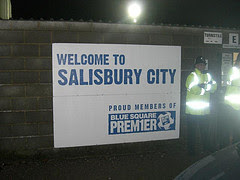
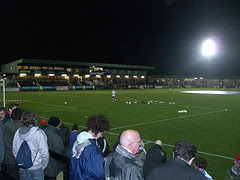
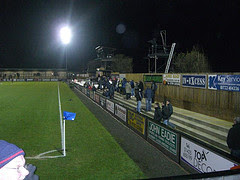




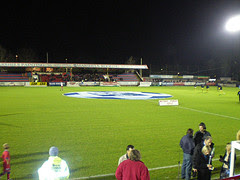
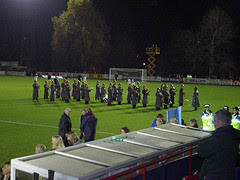

















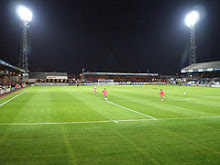


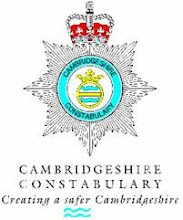



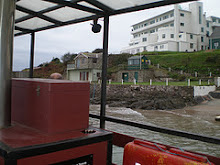
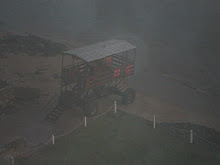





















































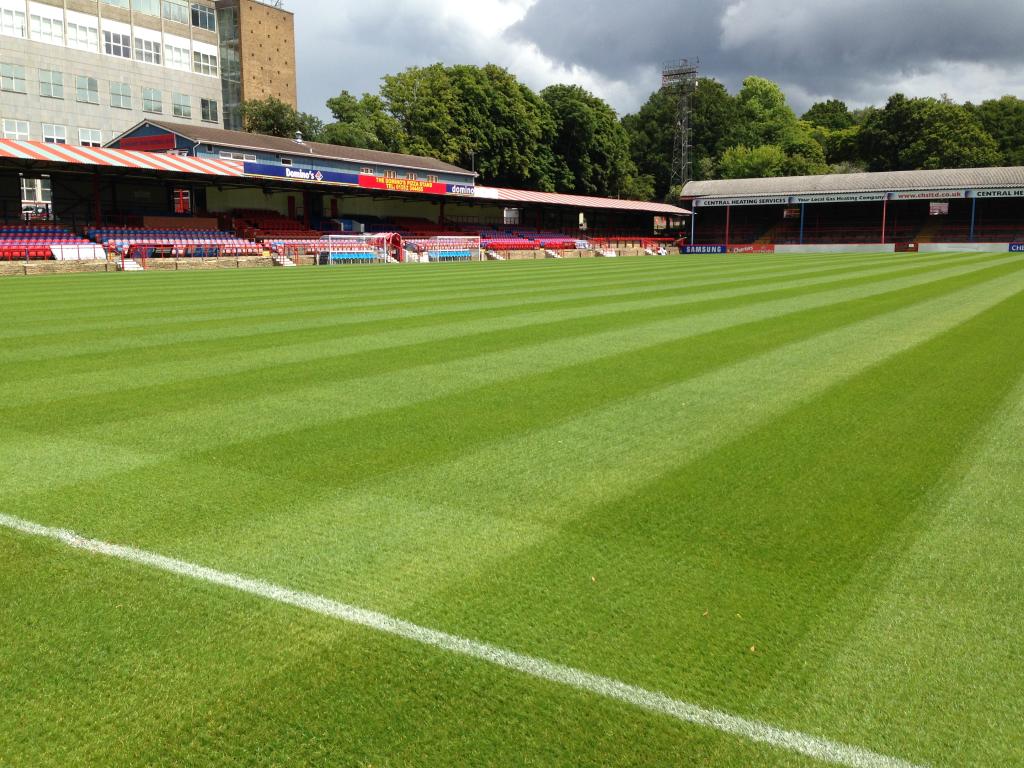

3 comments:
Great article. Plough Lane as a football ground is sadly missed.
Great article. Plough Lane as a football ground is sadly missed.
Great article.Plough Lane as a football ground is sadly missed
Post a Comment